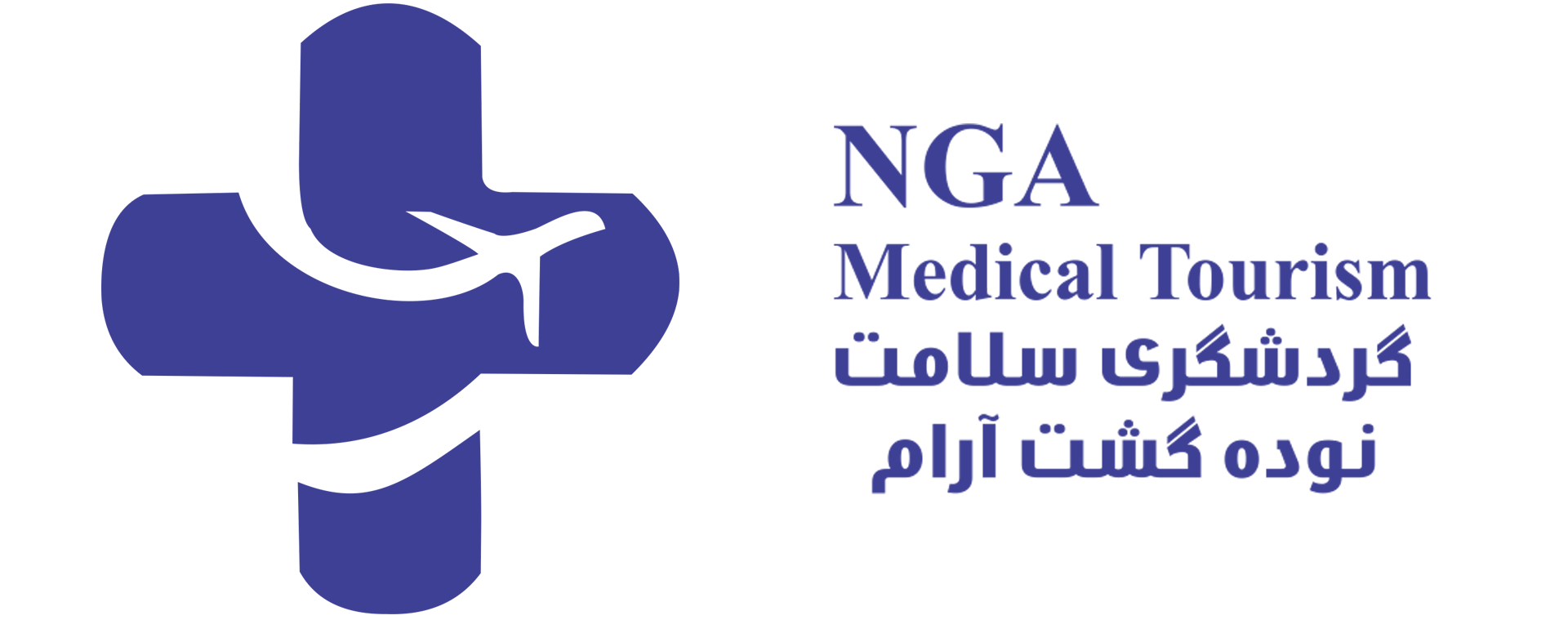All Departments
- Aortic valve stenosis (Aortic stenosis)
- arteriovenous malformations
- Avascular Necrosis
- Best cosmetic dentistry in Iran| Dental Treatment in Iran
- Breast Augmentation in Iran|Breast implant in iran
- Breast Reduction surgery
- Cancer in Iran: oncology in Iran
- Cardiology
- Cataract surgery in Iran
- Cochlear Implant Surgery in Iran
- Cosmetic Laser
- Cosmetic Surgery
- Ear cosmetic surgery
- Eye Care
- Eyelid surgery (Blepharoplasty)
- General Heart Surgery in Iran
- General surgery in Iran
- Glaucoma Treatment In Iran
- Hair Transplant
- Heart valve surgery
- lasik Eye Surgery
- Liposuction
- Non-Surgical Cosmetic procedures in iran
- Organ Transplantation in Iran
- Orthopedic
- Paget disease of bone
- Pediatrics
- Plastic surgery
- Psychiatry
- Radiology
- Rhinoplasty surgery in iran
- Shoulder Replacement Surgery
- SkinCare Treatment
- Spinal cord injury
- urolithiasis procedure in iran
- Urology
- Varicocelectomy
Opening Hours
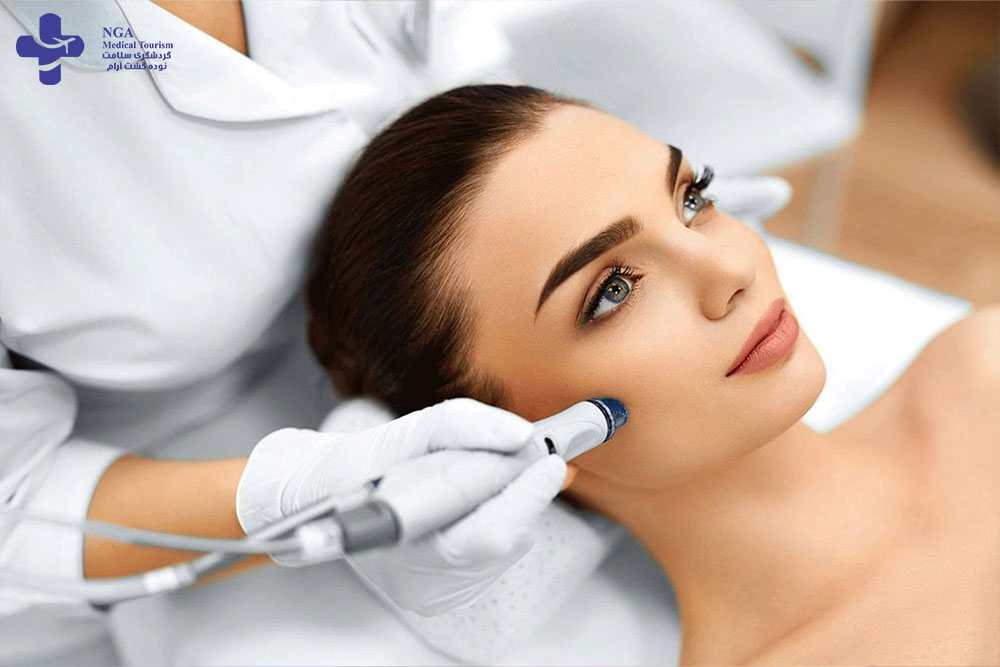
Cosmetic Laser


Choosing cosmetic laser treatment in Iran proves to be a cost-effective and dependable option compared to neighboring countries and European nations. Iran not only boasts competitive pricing for cosmetic laser procedures but also upholds a superior standard of service. The country is home to numerous highly skilled and experienced dermatologists specializing in a wide array of cosmetic laser treatments. These professionals are dedicated to ensuring patients achieve their desired results. They remain at the forefront of the latest advancements in cosmetic laser technology, ensuring that patients receive top-notch care. Combining affordability with a wealth of expertise, cosmetic laser treatment in Iran stands out as an enticing choice for those seeking effective and budget-friendly solutions for their skincare needs.
COSMETIC LASER TREATMENTS IN IRAN
Radiology in Iran is a critical field within the country’s healthcare system. This specialized branch of medicine focuses on diagnosis and imaging for the detection of diseases and medical conditions using advanced technologies such as radiography, ultrasound, computed tomography (CT), and magnetic resonance imaging (MRI). Iran has well-equipped imaging centers and experienced radiology teams that utilize the latest technologies to provide diagnostic images, which play a vital role in helping healthcare professionals diagnose and treat patients effectively.

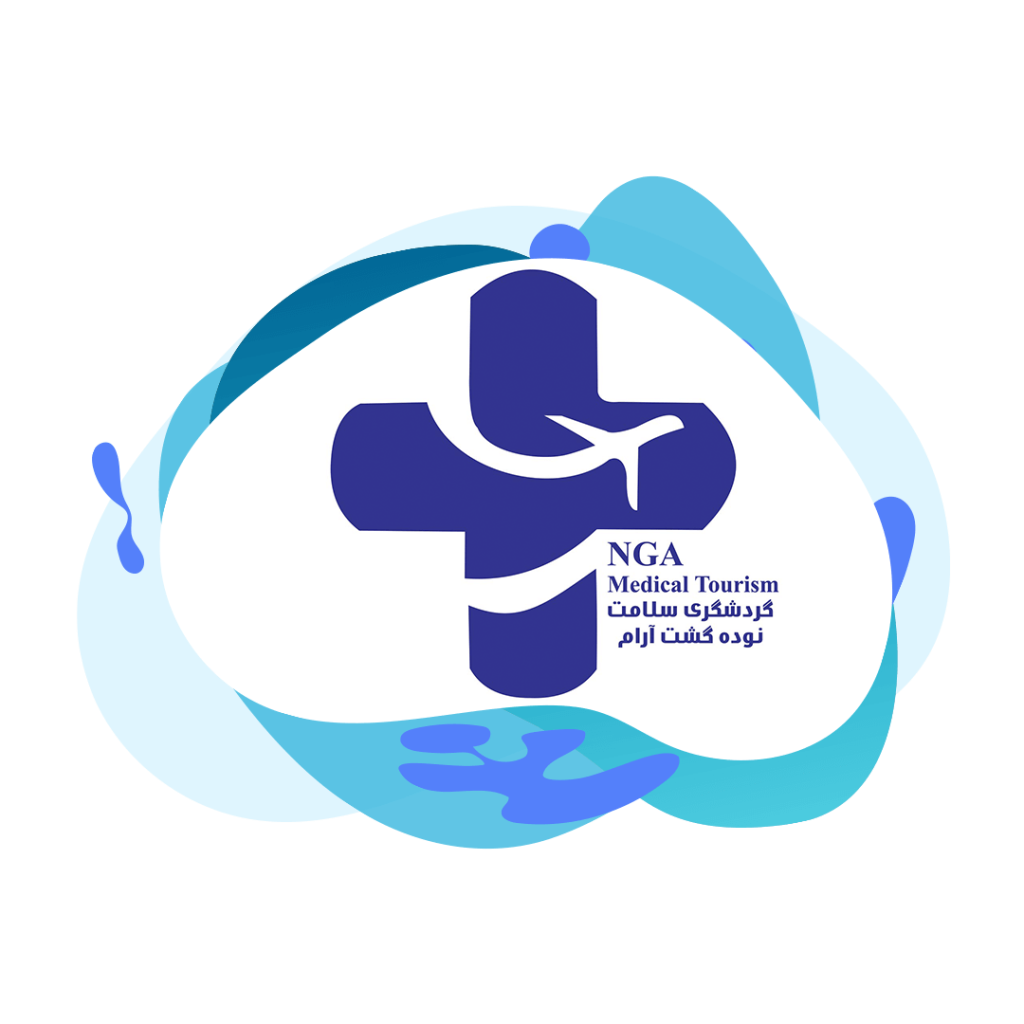
Ipdtourism is your trusted partner for all your cosmetic laser treatment needs in Iran. Our dedicated team specializes in providing comprehensive and hassle-free solutions for international patients seeking top-quality cosmetic laser procedures. From the moment you decide to embark on your cosmetic laser treatment journey to the successful completion of the procedure, Ipdtourism takes care of every detail.
Cosmetic laser treatments encompass various procedures that utilize laser technology to address a range of aesthetic concerns. These treatments are commonly used for hair removal, skin rejuvenation, acne scar reduction, pigmentation correction, tattoo removal, and wrinkle reduction. The laser emits focused beams of light that target specific areas of the skin, stimulating collagen production and promoting cellular regeneration.
Cosmetic laser treatments in Iran have gained popularity due to their affordability and high-quality outcomes. Iranian clinics offer a wide range of procedures, including laser hair removal, skin resurfacing, tattoo removal, and scar revision. These treatments are performed by skilled professionals who utilize advanced laser technology and adhere to international standards. Patients considering cosmetic laser treatments in Iran can expect a thorough consultation, personalized treatment plans, and post-treatment care.
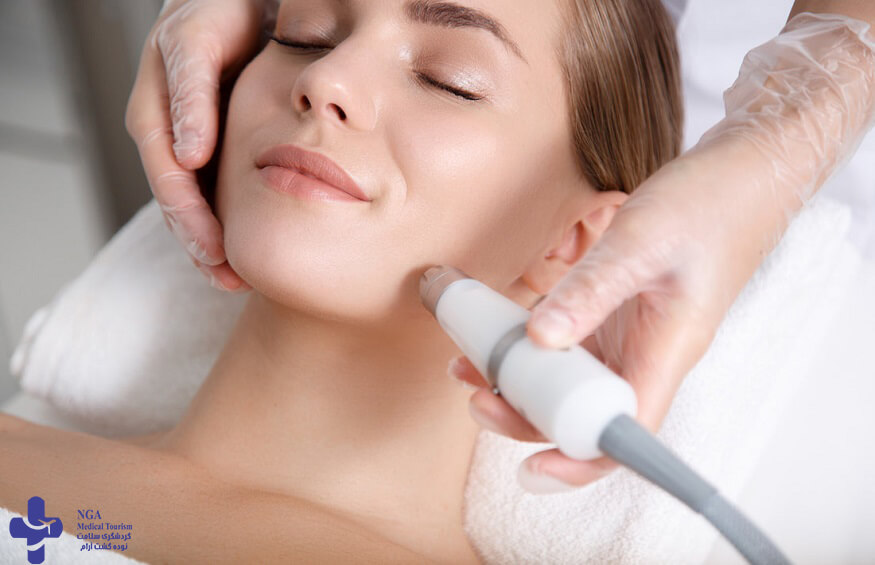
Laser hair removal is often sought to achieve long-term reduction or removal of unwanted hair on areas such as the face, legs, underarms, bikini line, or back.
Laser skin rejuvenation can address various concerns like wrinkles, fine lines, age spots, sun damage, and uneven skin tone by promoting collagen production and improving skin texture and appearance.
Laser treatments can help reduce the appearance of acne scars by stimulating collagen production and resurfacing the skin, leading to smoother and more even skin texture.
Laser technology can target and break down excess melanin in the skin, addressing issues such as hyperpigmentation, sunspots, and melasma.
Laser tattoo removal breaks down tattoo ink particles using high-intensity light, allowing the body to gradually eliminate the ink and fade the tattoo.
Laser resurfacing treatments can minimize the appearance of wrinkles and fine lines by promoting collagen remodeling and tightening the skin.
Laser treatment can effectively address vascular conditions like spider veins, broken capillaries, and vascular birthmarks by targeting and destroying the blood vessels causing the discoloration.


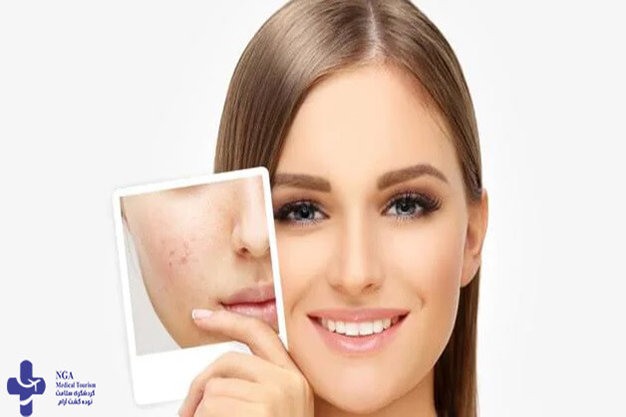
Laser Skin Resurfacing Procedure
Laser skin resurfacing involves using a laser to remove damaged skin layers and stimulate collagen production, resulting in improved skin texture and appearance. Proper post-treatment care is important for optimal healing and results.
Laser skin resurfacing can benefit individuals who have specific concerns or conditions related to their skin’s texture and appearance. Here are some common scenarios where laser skin resurfacing can be beneficial:
Fine Lines and Wrinkles: Laser resurfacing can help reduce the appearance of fine lines and wrinkles, particularly around the eyes, mouth, and forehead, by stimulating collagen production and promoting skin tightening.
Sun Damage and Age Spots: Laser treatments can address sunspots, age spots, and uneven pigmentation caused by prolonged sun exposure. The laser targets and breaks down the excess melanin, resulting in a more even skin tone.
Acne Scars: Laser resurfacing can be effective in minimizing the appearance of acne scars by smoothing out the skin’s texture and promoting collagen remodeling.
Uneven Skin Tone and Texture: Laser treatments can improve skin texture, reducing the appearance of roughness, large pores, and uneven skin tone for a smoother and more youthful complexion.
Scars and Stretch Marks: Laser skin resurfacing can help fade the appearance of certain types of scars, such as surgical scars or stretch marks, by stimulating collagen production and encouraging new skin cell growth.
Read More: Rhinoplasty Surgery In Iran
Read More: Revision Rhinoplasty In Iran 2023 | Best Surgeons And Low Cost
Read More: What Is The Best Nose Shape?
Read More: Upturned Nose Surgery In Iran
LASER THERAPY BENEFITS:
- Skin Rejuvenation
- Hair Removal
- Acne Scar Reduction
- Pigmentation Correction
- Wrinkle Reduction
- Tattoo Removal
- Vascular Lesion Treatment
- Scar Revision
- Skin Tightening
- Stretch Mark Improvement
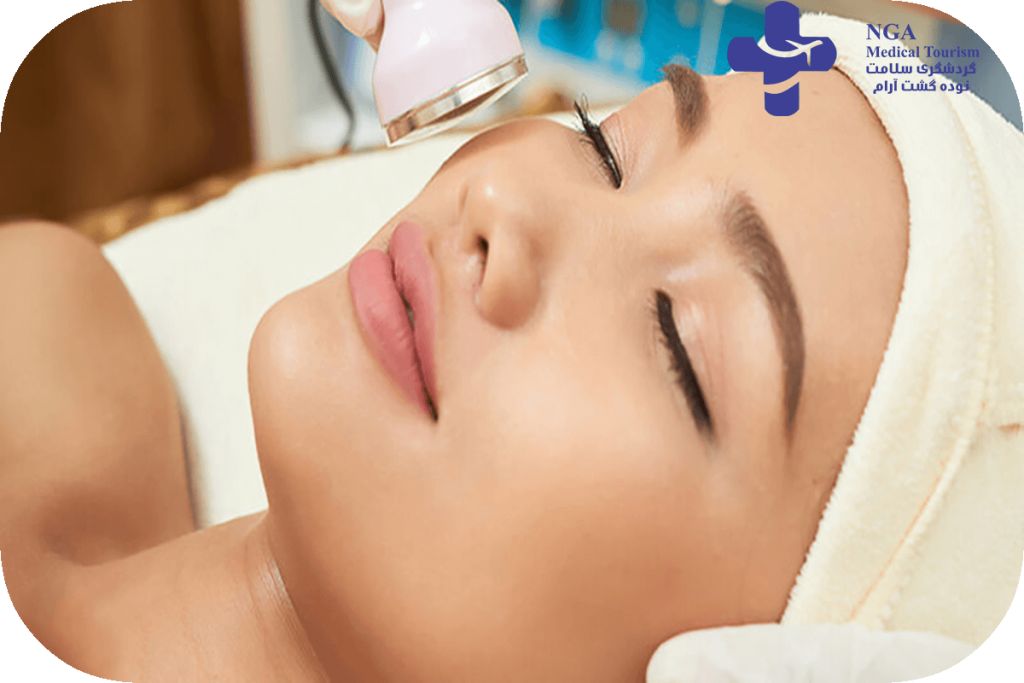

Iran offers various types of laser treatments in its cosmetic clinics. Some of the commonly performed laser treatments in Iran include:
- Laser Hair Removal
- Fractional Laser Resurfacing
- IPL (Intense Pulsed Light) Therapy
- CO2 Laser Resurfacing
- Q-switched Laser (Tattoo Removal)
- Vascular Laser Treatments
disadvantages of laser treatment
Here are some potential disadvantages of laser treatment:
- Scarring
- Pain and discomfort
- Skin pigmentation changes
- Infection risk
- Redness and swelling
- Potential for burns
- Risk of post-treatment blisters
- Skin texture changes
- Downtime and recovery period
- Cost
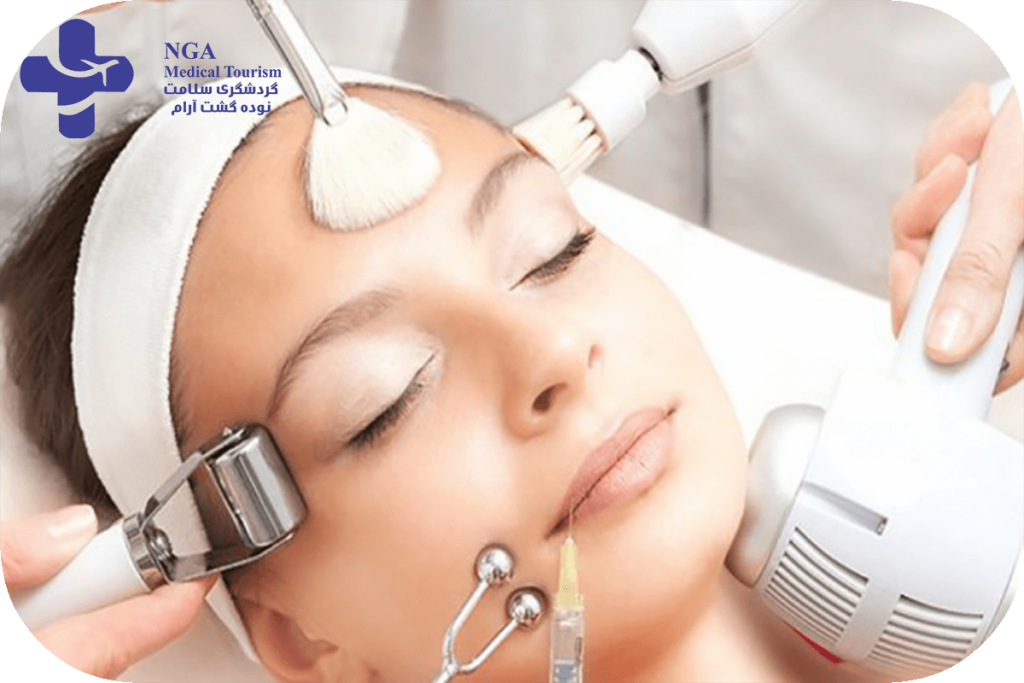
DIFFERENT TYPES OF LASERS
Ablative lasers:
Ablative lasers are a type of laser that removes the outer layers of skin, targeting specific skin concerns such as wrinkles, scars, and uneven texture. They work by vaporizing or removing the skin’s surface, promoting new skin growth and collagen production.
Non-ablative Lasers
Non-ablative lasers deliver targeted heat energy to stimulate collagen production and improve skin tone without removing the outer layers of the skin, making them a popular choice for skin rejuvenation and reducing signs of aging.
Carbon dioxide laser (Co2)
Carbon dioxide (CO2) laser is a type of ablative laser that delivers high-energy light to the skin’s surface, effectively vaporizing and removing damaged skin layers. It is commonly used for skin resurfacing to address wrinkles, scars, and uneven skin texture, promoting collagen production and skin rejuvenation.
Pulsed dye laser
Pulsed dye laser is a type of laser that uses a concentrated beam of light to target blood vessels and treat conditions such as vascular lesions, rosacea, port-wine stains, and certain types of birthmarks. It works by selectively heating and damaging the blood vessels while minimizing damage to the surrounding skin.
Erbium Yttrium-Aluminum-Garnet
Erbium Yttrium-Aluminum-Garnet (Er: YAG) laser is a type of laser used for skin resurfacing and treatment of various skin concerns.It targets superficial to moderate wrinkles, scars, and pigmentation issues, promoting skin rejuvenation with shorter downtime compared to CO2 lasers.
Alexandrite laser
The Alexandrite laser is a type of laser that emits a high-powered beam of light at a wavelength of 755 nanometers. It is commonly used for laser hair removal, as it effectively targets and destroys hair follicles while minimizing damage to the surrounding skin. Alexandrite lasers are known for their fast treatment speed and are suitable for a wide range of skin types.
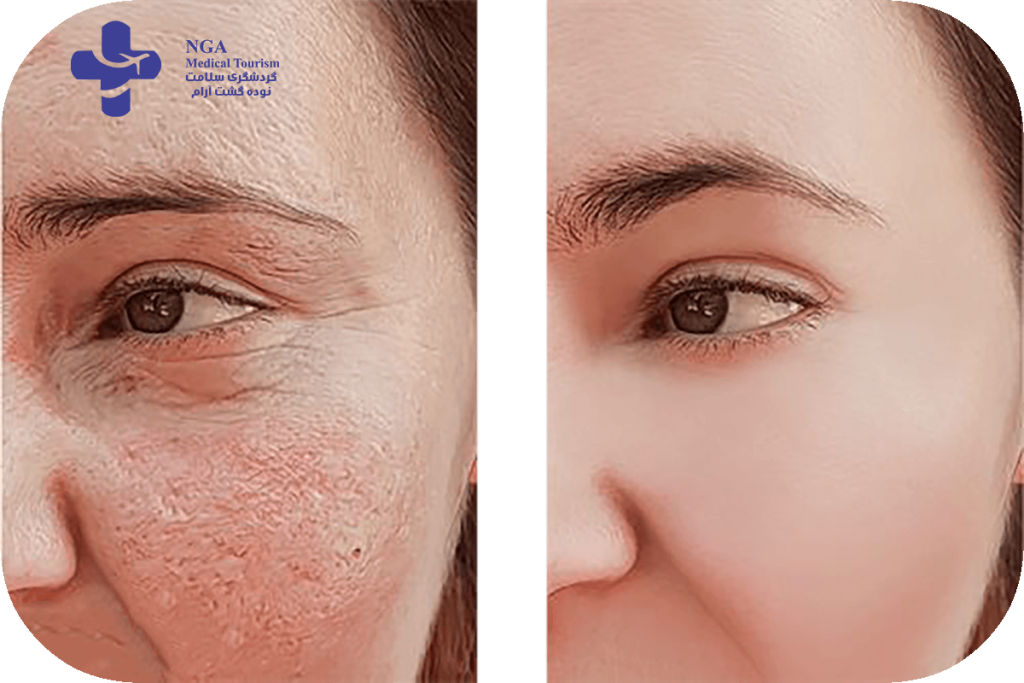
Laser Skin Resurfacing
Laser skin resurfacing is a procedure that uses laser technology to improve skin texture and reduce signs of aging, such as wrinkles and scars. It involves removing damaged skin layers and stimulating collagen production for a rejuvenated appearance.
The cost of laser skin resurfacing in Iran typically ranges from $200 to $600 per session, depending on factors such as the treatment area and clinic location.
Laser hair removal
Laser hair removal is a popular cosmetic procedure in Iran that uses laser technology to target and destroy hair follicles, resulting in long-term reduction or removal of unwanted hair.
Cost of laser hair removal in Iran
The cost of laser hair removal in Iran varies depending on the treatment area, with prices ranging from approximately $30 to $100 per session. Multiple sessions are usually required for optimal results.
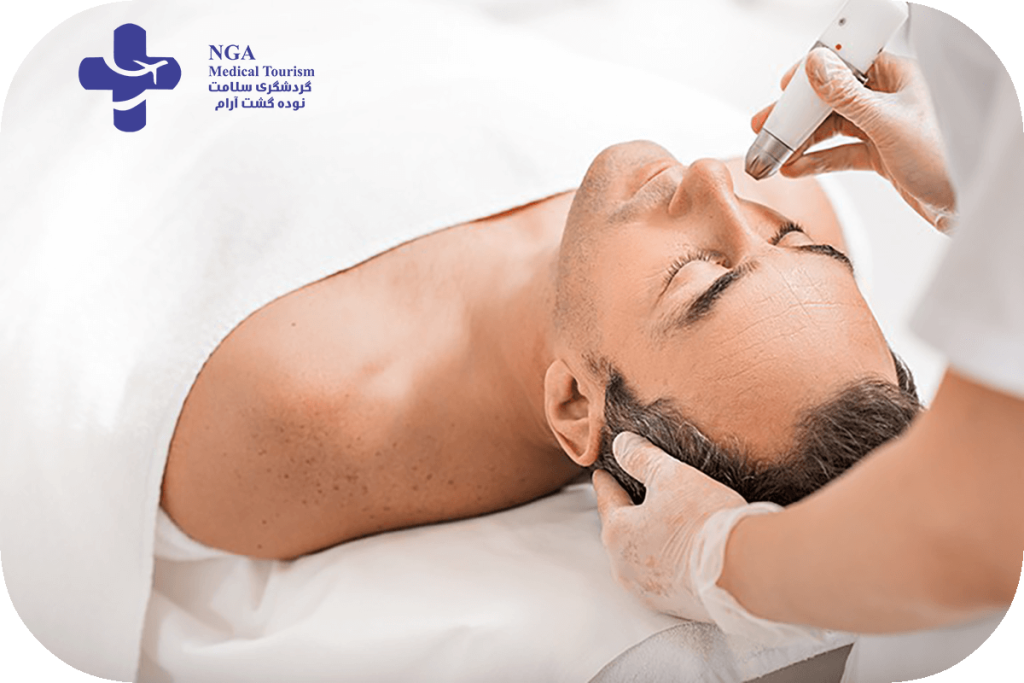
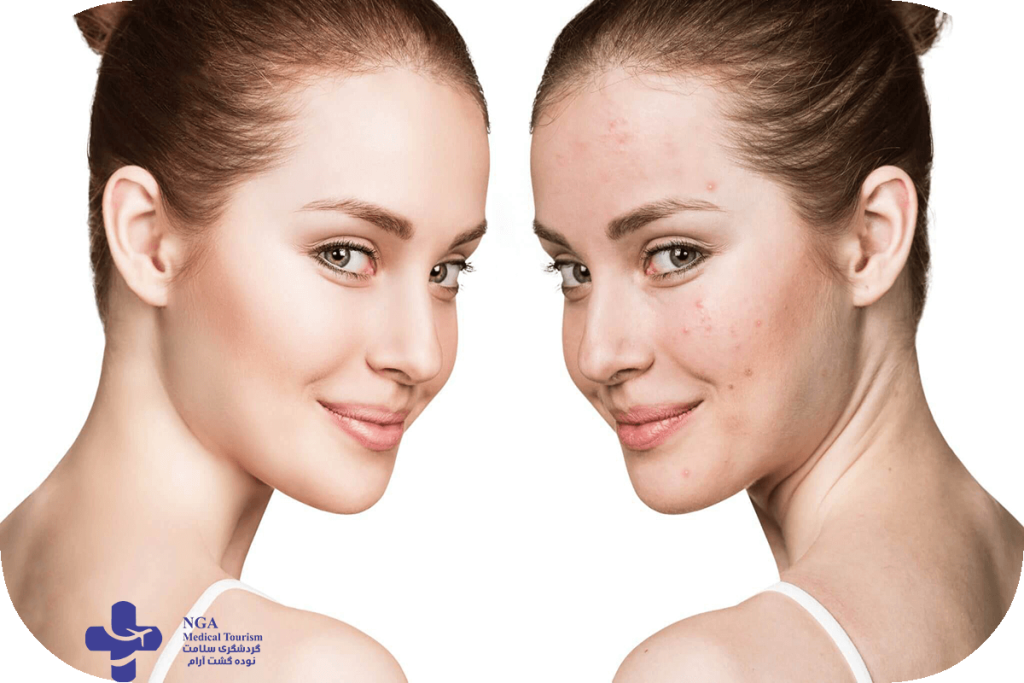
Acne scar removal
Acne scar removal in Iran is performed through various treatments that aim to improve the appearance of acne scars. Common methods include laser resurfacing, micro-needling, chemical peels, and dermal fillers.
Cost of acne scar removal in Iran
The cost of acne scar removal in Iran varies depending on the specific treatment chosen, the severity of the scars, and the number of sessions required, ranging from approximately $100 to $500 per session.
Light-based treatment
Light-based treatments refer to a range of cosmetic procedures that utilize various forms of light energy, such as laser or intense pulsed light (IPL), to address specific skin concerns. These treatments can include laser hair removal, laser skin resurfacing, IPL therapy for pigmentation issues, photorejuvenation for skin rejuvenation, and vascular laser treatments for conditions like spider veins.
LASER TREATMENT FOR ROSACEA
Laser treatment for rosacea involves targeting and reducing the visible blood vessels and redness associated with the condition, resulting in a decrease in rosacea symptoms and improved skin appearance. Multiple sessions may be required for optimal results.
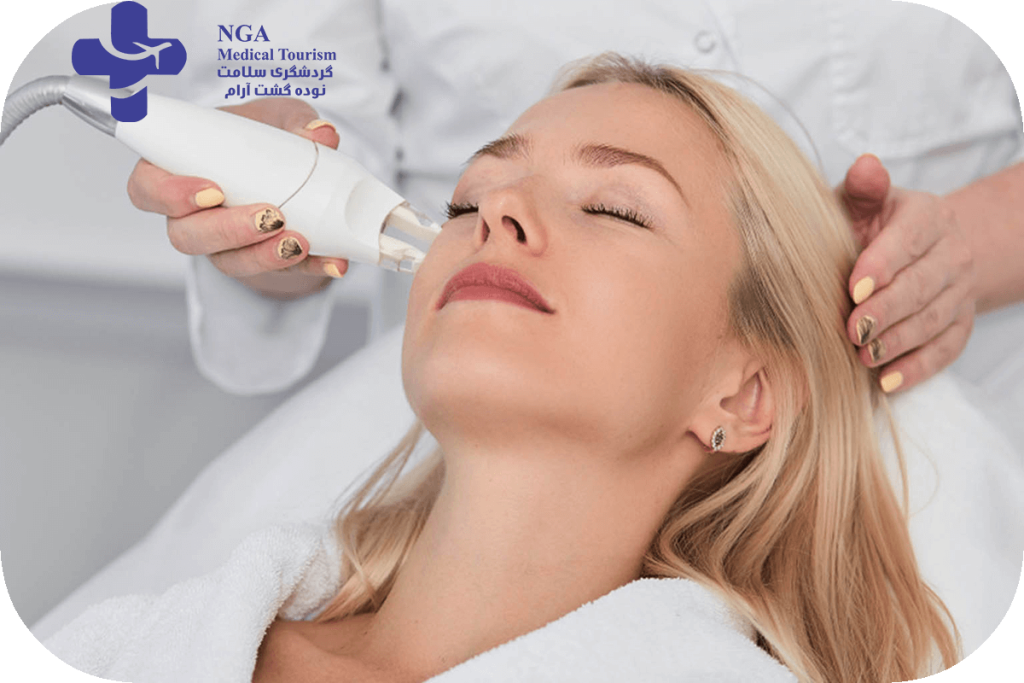
Benefits of Laser Therapy in Iran
Laser therapy in Iran offers several benefits for individuals seeking cosmetic treatments. Here are some of the benefits of laser therapy in Iran:
Advanced Technology: Iran’s cosmetic clinics utilize advanced laser technology, ensuring the use of modern and effective treatment methods for various skin concerns.
Qualified Professionals: Iran is known for its skilled and experienced dermatologists and cosmetic surgeons who specialize in laser treatments. These professionals provide high-quality care and personalized treatment plans.
Cost-Effective Options: Laser treatments in Iran often offer cost-effective options compared to other countries, making it an attractive destination for individuals seeking affordable cosmetic procedures.
Wide Range of Treatments: Iran provides a wide range of laser treatments, including laser hair removal, skin rejuvenation, tattoo removal, acne scar treatment, and more, catering to diverse cosmetic needs.
Medical Tourism: Iran has become a popular destination for medical tourism due to its advanced healthcare facilities, competitive pricing, and quality services, attracting patients from around the world.
Cultural and Touristic Experience: In addition to receiving laser treatment, visitors to Iran can explore its rich cultural heritage, historical sites, and natural beauty, enhancing their overall experience.
What age is appropriate for laser rejuvenation?
The appropriate age for laser rejuvenation can vary depending on individual circumstances and the specific concerns being addressed. Generally, laser rejuvenation treatments are more commonly sought by individuals in their late 30s to 60s when signs of aging, such as wrinkles, fine lines, and skin laxity, become more prominent. However, there is no strict age limit for laser rejuvenation, as it can be performed on younger individuals for specific concerns like acne scars or pigmentation issues.
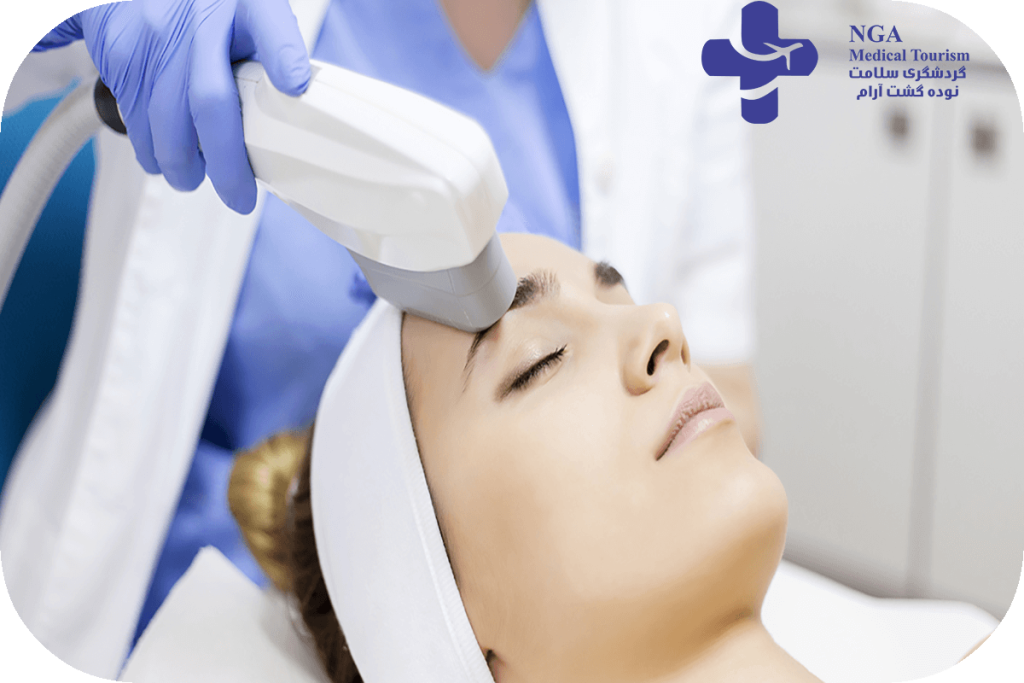
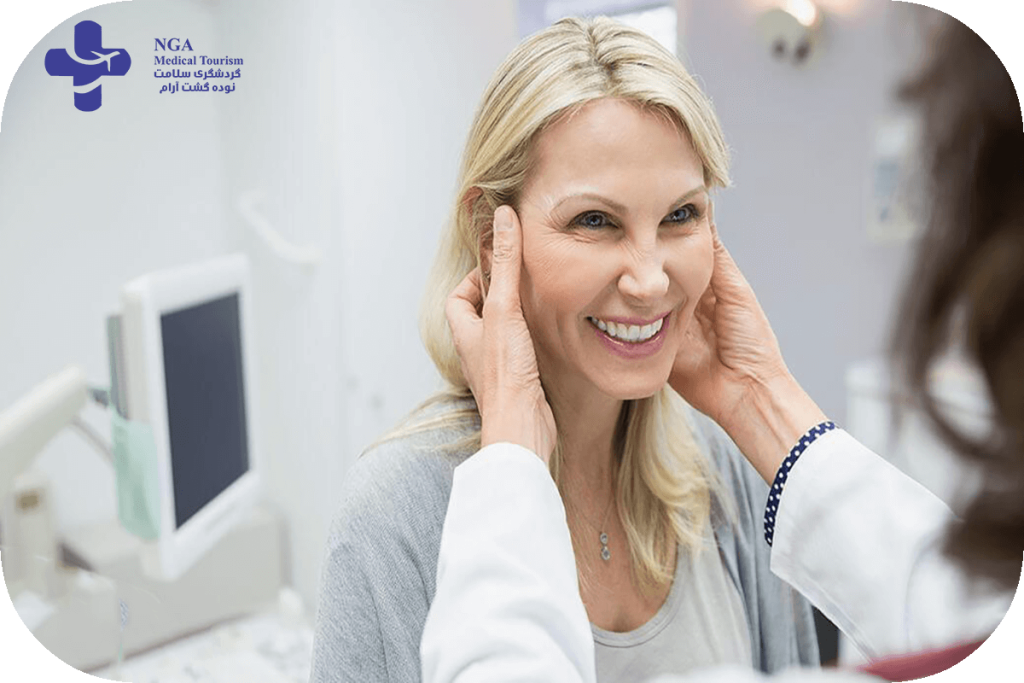
- Consultation with a dermatologist or cosmetic surgeon.
- Medical evaluation to assess suitability for the laser treatment.
- Skin preparation, which may include avoiding sun exposure and specific skincare products.
- Discontinuation of certain medications or supplements
- Fasting if local anesthesia or sedation is required.
- Cooling and soothing the treated area.
- Sun protection with sunscreen and avoiding direct sun exposure.
- Gentle cleansing with mild cleansers.
- Moisturizing the skin to promote healing.
- Avoiding irritants and traumatic activities.
- Follow-up visits to monitor progress and address any concerns.
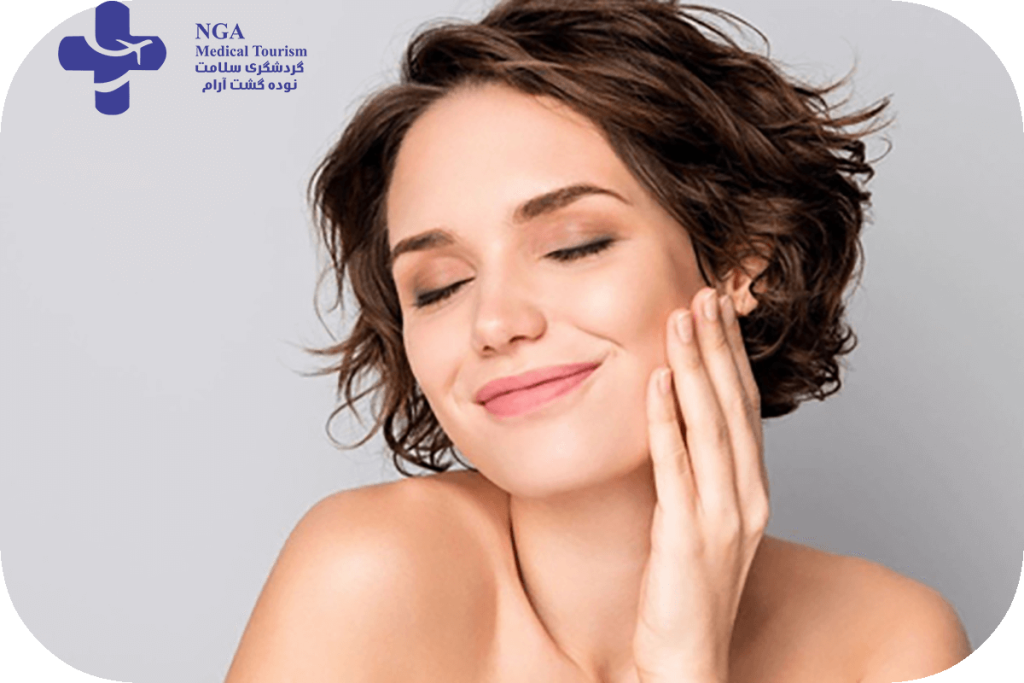
On the day of the cosmetic laser treatment, the following steps and techniques may be involved:
– Cleansing: The treatment area is cleansed to remove any dirt, oils, or skincare products that could interfere with the laser treatment.
– Eye Protection: Patients and practitioners wear protective eyewear to shield their eyes from the laser light during the procedure.
– Cooling or Numbing: Depending on the laser treatment and patient’s comfort, cooling methods or topical numbing agents may be used to minimize discomfort during the procedure.
– Laser Application: The laser device is applied to the treatment area, emitting controlled pulses of light that target specific skin concerns, such as hair follicles, pigmentation, or blood vessels.
The treatment interval and subsequent treatments for cosmetic laser procedures can vary depending on the specific treatment, individual response, and desired results. However, here are some general guidelines:
Treatment Interval: The recommended treatment interval between laser sessions typically ranges from several weeks to several months. This interval allows the skin to heal and recover between treatments.
Subsequent Treatments: The number of subsequent treatments needed will depend on various factors, including the type of laser treatment, the specific skin concern being addressed, and individual response to the treatment. Some laser treatments may require a series of sessions for optimal results, while others may provide noticeable improvement after a single treatment.
Maintenance Sessions: Once the desired results are achieved, maintenance sessions may be recommended to sustain the benefits of the laser treatment. These sessions are typically spaced further apart and help to prolong the effects of the initial treatment.
Follow-up Consultations: It is common to have follow-up consultations with the healthcare provider to assess the progress of the treatment, discuss any concerns, and determine the need for additional sessions.
Read More: Lasik eye surgery in Iran Question and Answer
Read More: Eye Surgery cost in Iran (Lasik&Refractive Surgery,Cataract)
Read More: lasik Eye Surgery in Iran
Read More: Glaucoma Treatment In Iran
Read More: Cataract surgery in Iran
Laser treatments can cause some discomfort or pain, but the intensity varies depending on the individual and the specific procedure. Pain management techniques like numbing creams or cooling systems are often used to minimize discomfort.
While laser treatments are generally safe and effective, they do carry a risk of potential complications such as skin irritation, redness, swelling, or even rare instances of scarring or hyperpigmentation. It’s important to consult with a qualified professional and follow proper aftercare instructions to minimize these risks.
Yes, laser treatments can be used to effectively treat toenail fungus.
Yes, surgeons can often combine laser treatments with other similar procedures to enhance the overall effectiveness and results, depending on the specific case and the desired outcome. However, this decision is typically made on a case-by-case basis and requires professional evaluation.
Yes, laser treatments have various types that are designed for specific purposes, such as laser hair removal, laser skin resurfacing, laser tattoo removal, laser acne treatment, and laser eye surgery, among others. Each type utilizes different laser technologies and techniques tailored to address specific concerns or conditions.
Laser skin treatments can be used on various areas of the body, including the face, neck, chest, hands, arms, legs, and back. The specific treatment areas depend on the individual’s needs and the type of laser procedure being performed.
The timeframe to enjoy the results of laser treatments can vary depending on the specific procedure and individual factors. Some laser treatments, such as laser hair removal or laser tattoo removal, may require multiple sessions spaced weeks apart to achieve optimal results. In some cases, you may start noticing improvements immediately after a single treatment, while for others, it may take several weeks or even months for the full benefits to become evident. It’s important to discuss the expected timeline with your healthcare provider or laser specialist for your particular treatment.
Yes, sun exposure after laser skin surgery can be dangerous as it can increase the risk of complications such as hyperpigmentation, sunburn, or delayed healing. It is typically recommended to avoid direct sun exposure and use sunscreen with a high SPF to protect the treated areas.
The duration of a laser treatment session can vary depending on the specific procedure and the size of the area being treated, but it typically ranges from a few minutes to an hour. Multiple sessions may be required for optimal results, spaced weeks or months apart.
Laser treatment can cause some discomfort or pain, but the level of pain experienced can vary depending on factors such as the individual’s pain tolerance, the specific procedure, and the settings used. Certain laser treatments may cause a mild sensation of heat, tingling, or a snapping rubber band feeling. Pain management techniques like numbing creams, cooling systems, or local anesthesia are often used to minimize discomfort during laser treatments. It’s best to consult with a healthcare professional who can provide specific information and address any concerns regarding pain management for a particular laser treatment.
The minimum age for laser treatments can vary depending on the type of procedure and the country or state regulations. In general, most laser treatments are not performed on individuals under the age of 18, unless it is for a medically necessary condition and approved by a healthcare professional. Parental consent may also be required for minors. It’s important to consult with a qualified provider to determine the appropriate age for specific laser treatments.
Laser treatments may not be suitable for individuals who are pregnant, have active skin infections, open wounds, or sunburned skin, or those with certain medical conditions such as uncontrolled diabetes, autoimmune disorders, or a history of keloid scarring. It’s important to consult with a healthcare professional to determine if laser treatment is appropriate for your specific situation.

Breast augmentation
Breast augmentation is a surgical procedure to improve the size and shape of a woman’s breast. This is done by inserting full plants…

Revision weight loss surgery
Revision weight loss surgery, also known as bariatric revision surgery, is a type of surgical procedure that is performed on patients who have previously undergone weight loss surgery
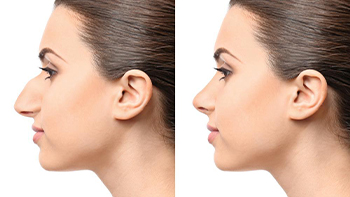
Rhinoplasty revision
Revised rhinoplasty, also known as secondary rhinoplasty, is a surgical procedure performed…

Rhinoplasty in Iran
Nasal plastic surgery, also known as “nose job”, is a surgical procedure that involves changing the shape or size of the nose.
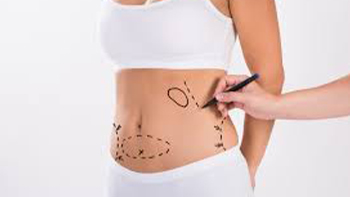
Liposuction
Liposuction is a surgical procedure aimed at removing unwanted fat from certain areas of the body, such as the abdomen and buttocks.

Ear surgery
Ear surgery, also known as ear surgery, is a cosmetic surgery procedure determined to improve the appearance of the ears.
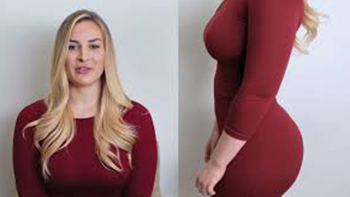
Brazilian butt lift (BBL)
Brazilian butt lift (BBL) is a cosmetic surgery procedure that involves the transfer of fat from one area of the body, such as the abdomen.

Breast removal
Breast lift, also known as breast fixation, is a surgical procedure to remove and reshape the sagging breast.

Beautification of the lips
Labiaplasty is a surgical procedure that involves reducing the size and/or changing the shape of the labia minora.
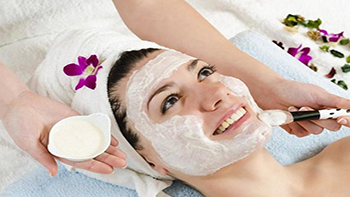
Skin care
Skin care includes cleansing and exfoliation and the use of creams and medical products…

Dental implants
A dental implant is a surgical component placed in the jaw bone to support a dental replacement, such as a crown, bridge, or denture.
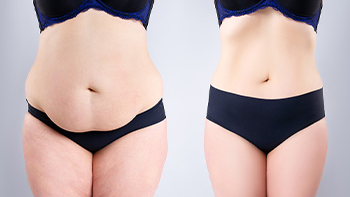
Tummy tuck
Tummy tuck, also known as tummy tuck, is a cosmetic surgery procedure determined to improve the appearance of the abdomen by removing…
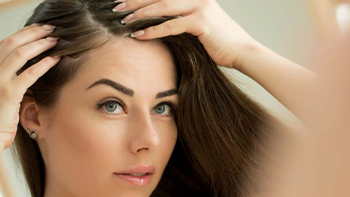
Hair transplantation in Iran
Hair transplantation is a surgical procedure that involves the transplantation of hair follicles, which are a part of the body, and usually it is the back part of the head.
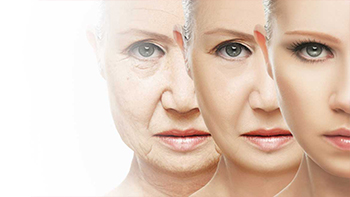
plastic surgery
Reconstructive surgery is performed to correct physical deformities caused by accidents, birth defects, or medical conditions.

Composite veneer
Composite veneer is a type of dental veneer made from composite resin material. The theme of use…
